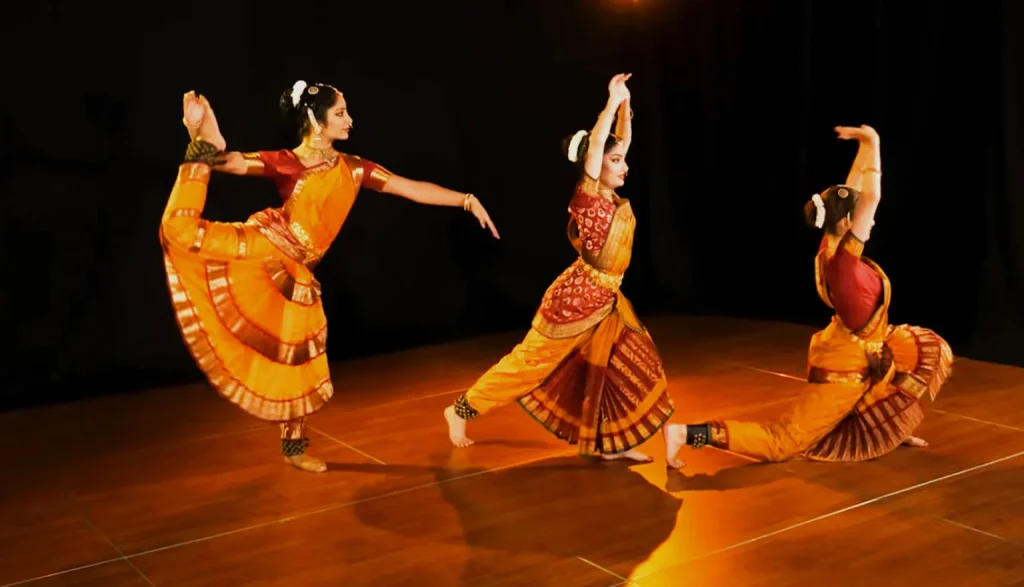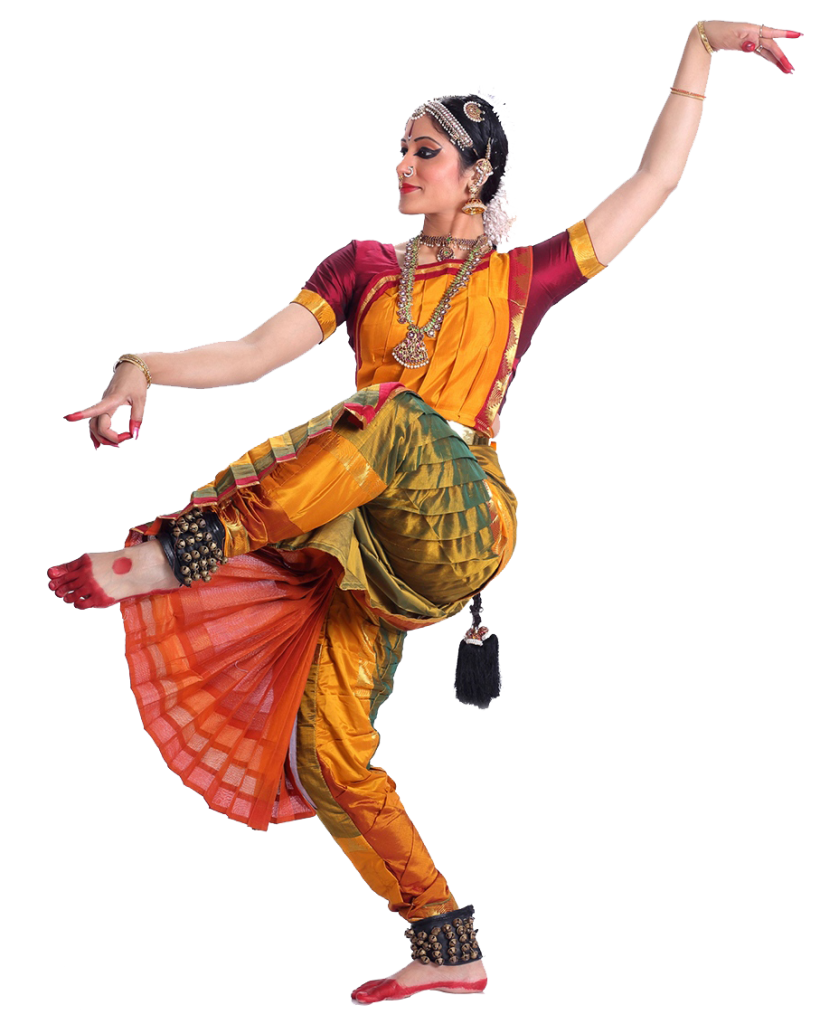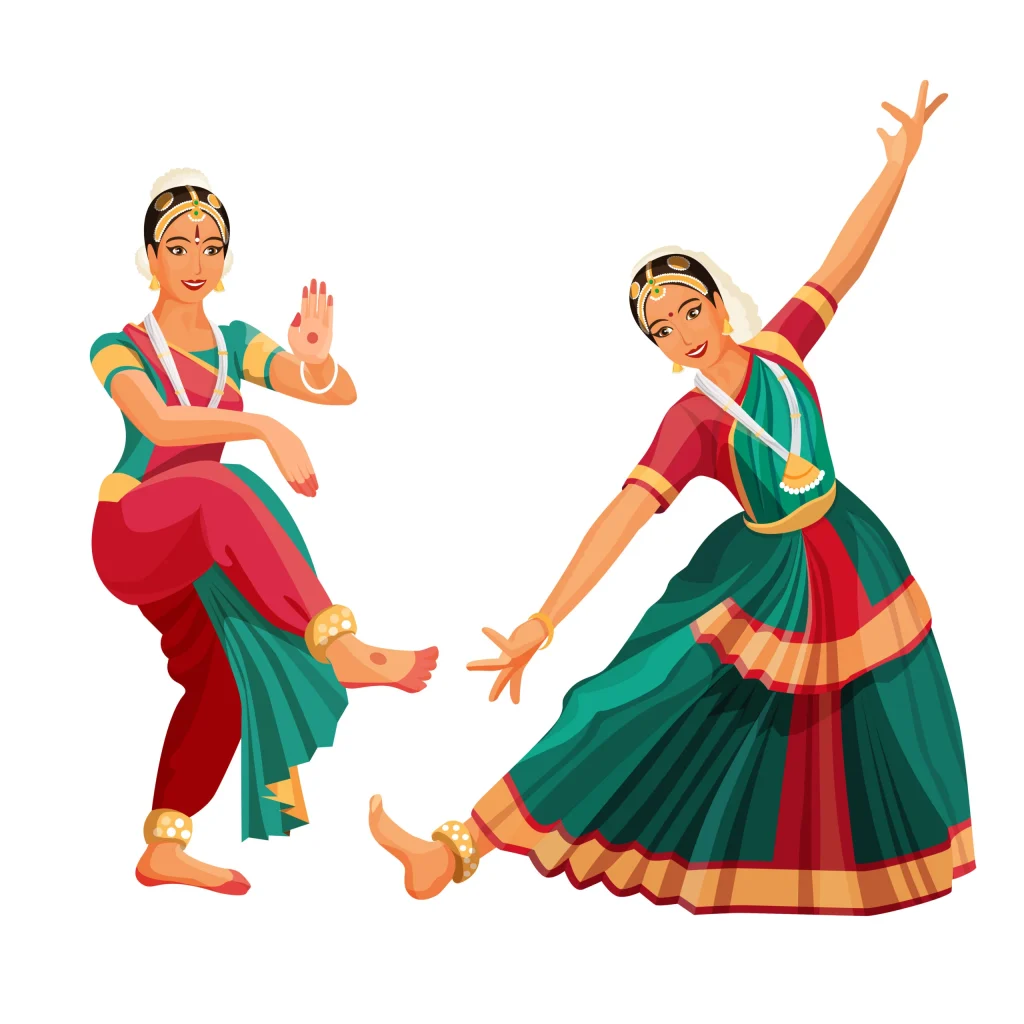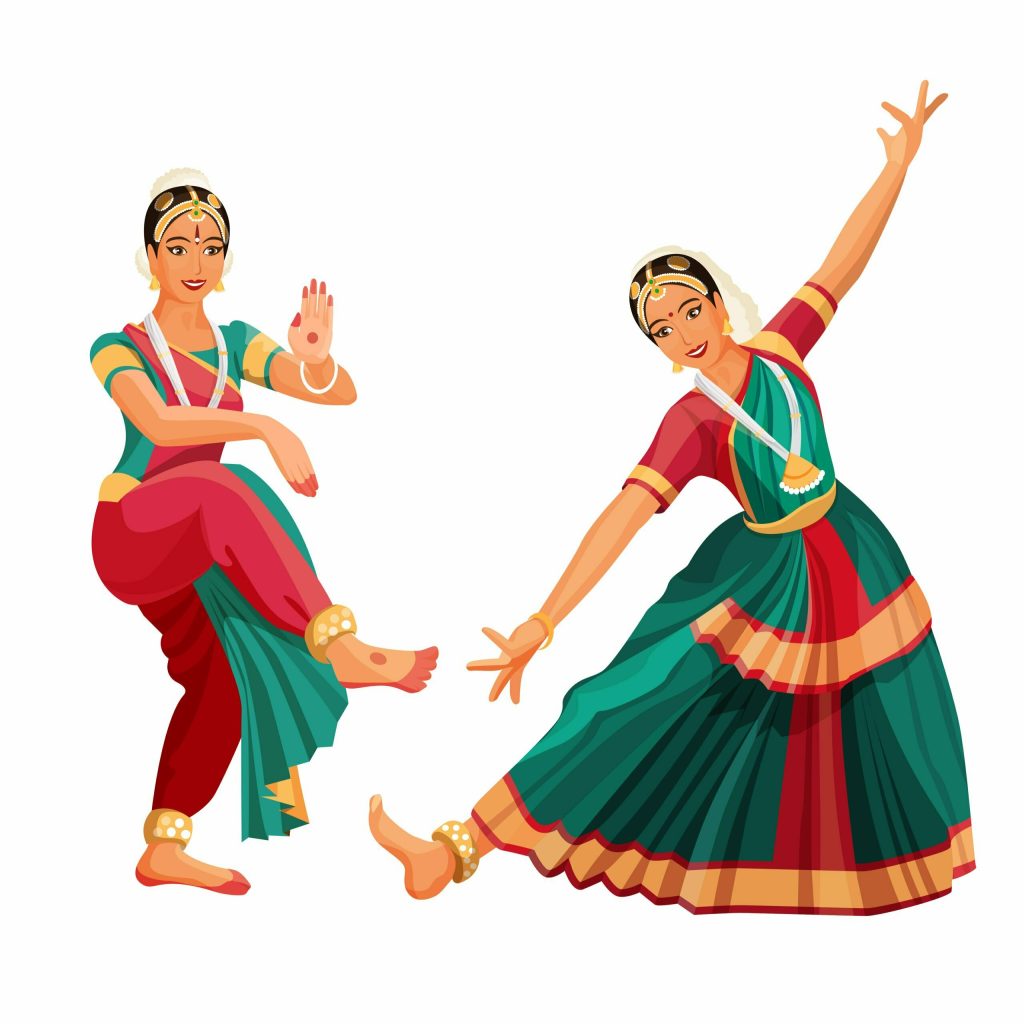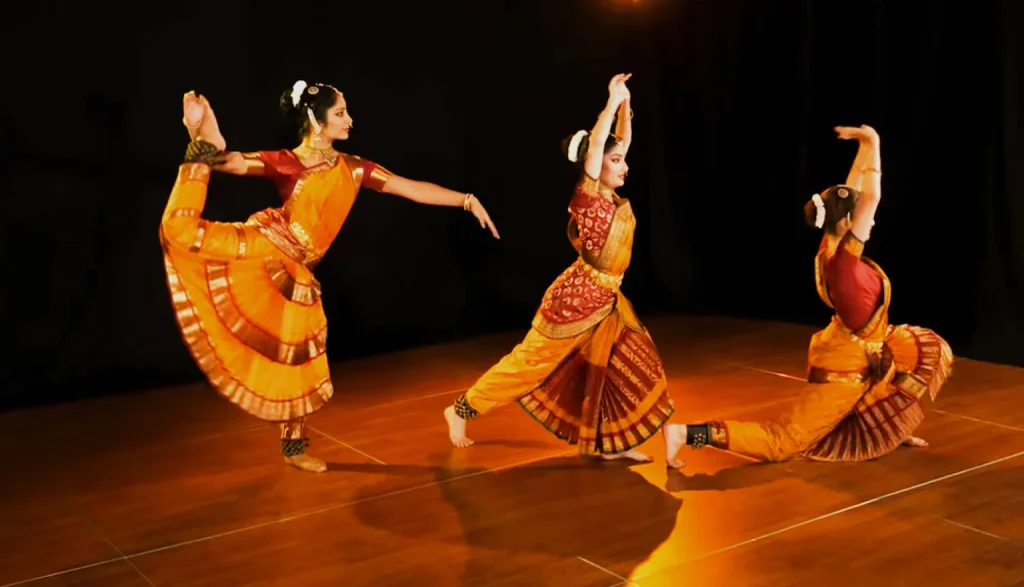Introduction
The 3 dance forms in Bharatanatyam include are the Melattur, Pandanallur and the Vazhuvoor. Let’s learn more about it.
Bharatanatyam is an exquisite dance form of Indian Classical dance and it is one of the 8 prominent classic dances in India. It involves the evolution of a dance form from the South Indian region of Tamil Nadu. Performed in temples and courts of the kings was actually adopted from the Natya Shastras. This dance form has become widespread in other states of South India and has developed into various forms and styles which have added to the variety of the dance.
This dance form etches out the Hindu religious culture and heritage in an elegant and mesmerizing style through the beautiful body postures and expressions. Bharatanatyam constitutes of multifarious styles which are also called Banis and are classified into specific Gharanas.
Although it was a pure dance form till the 19th century, it got banned during the British colonisation period in India. But after that time this dance form got revived and found its popularity even outside temples.
Contemporary Bharatanatyam also constitutes fusion and infusion of the non-religious form of this dance as well.
Bharatanatyam Dance Forms
The forms in Bharatanatyam includes three basic forms which are the Melattur, Pandanallur and the Vazhuvoor forms.
Vazhuvoor Dance Form
This is one of the actual forms of this classical dance. The Vazhuvoor dance form is a newer dance form than that of the Pandanallur. Pandanallur uses pure expressions being an older form of Bharatanatyam dance form.
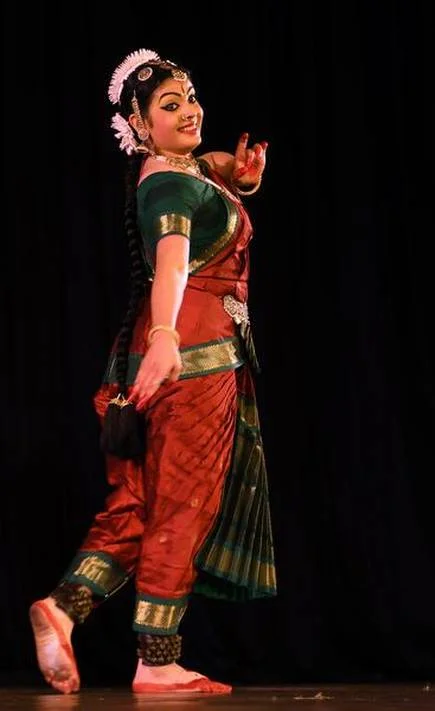
On the contrary, the Vazhuvoor style involves a more pragmatic inclusion of expressions in the dance. The main characteristics of this dance form include:
- A vibrant dressing and wearing of costumes are done in this form of Bharatanatyam.
- It also constitutes of performing and doing this dance in various laya or speed.
- Gentle facial expressions
- An extravagant gesture in performing in this dance form.
- It also includes multifarious sitting gestures
- This dance form of Bharatanatyam was made popular by Vazhuvoor B. Ramiah Pillai.
- This dance form is initiated with Thodaya Mangalam to pray the Lord Gnana Sabesar of Vazhuvoor.
- The performance uses more of static postures in order to intervene amidst the boringness in this dance form.
- The dancer’s torso remains bent in front slightly.
- Elegant leaps are also included in the dance.
- The Adavus movements are smoother in this form of Bharatanatyam.
- There are slower dance moves in comparison with Tandava dance move
Melattur Dance form
This is the dance form has evolved from the devadasi style of Bharatanatyam. This form of dance is said to have been made popular by Mangudi Dorairaja Iyer in the time period of 1900-1980. The pioneer of this form is a sage who followed Srividya Upasana. He revived the Suddha Nrittam from Kuchipudi, Bhattasa Natyam and the Perani Natyam which includes dancing on a clay pot. This dance form included the Bharatanatyam dance forms which were performed previously in temples in praise of the deities and also for the rishis.
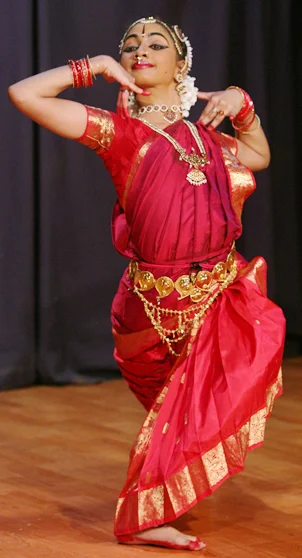
This style does not include hard steps or heavy footsteps against the floor but on the contrary, includes softer foot works. It emphasized on softer use of the ankle bells.
This form also includes the usage of more expressive and composite facial expressions as it evolved from Bhagavata Mela as well.
This is the most popular style of Bharatanatyam. Includes performance in multiple speeds. The performers of this form wear a special belt around their waist.
Pandanallur Dance Form
This dance form’s popularity is attributed to Meenakshi Sundaram Pillai. The time period when this dance form became famous was between 1869 and 1964. The dance guru who made this form popular was from the village of Pandanallur in the Thanjavur district of Tamil Nadu.
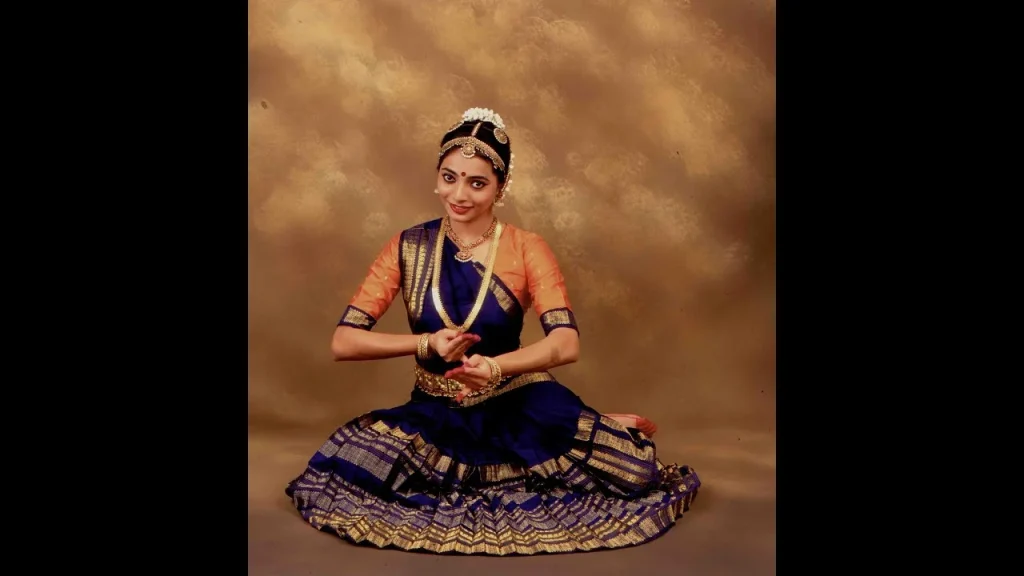
This dance form gave importance to the linear body posture of Adavus. This form is also famous for its choreography including Nine or Ten Quartet pada Varnams. Slow movements are more common in this dance form. Jatiswarams are important characteristics in this dance form, for instance, Vasantha, Saveri, Chakravakam and the Kalyani are significant ones.
Summary
This dance is one of the most imminent forms of classical dance which represents the culture and heritage of India. With the spread of Bharatanatyam throughout India various Banis, styles or forms have been formed by various Gharanas of different gurus in this dance form.
All these styles and forms of this dance are equally elegant along with the fusion of various modern dance forms. These dance forms have been developed through various places across India.

